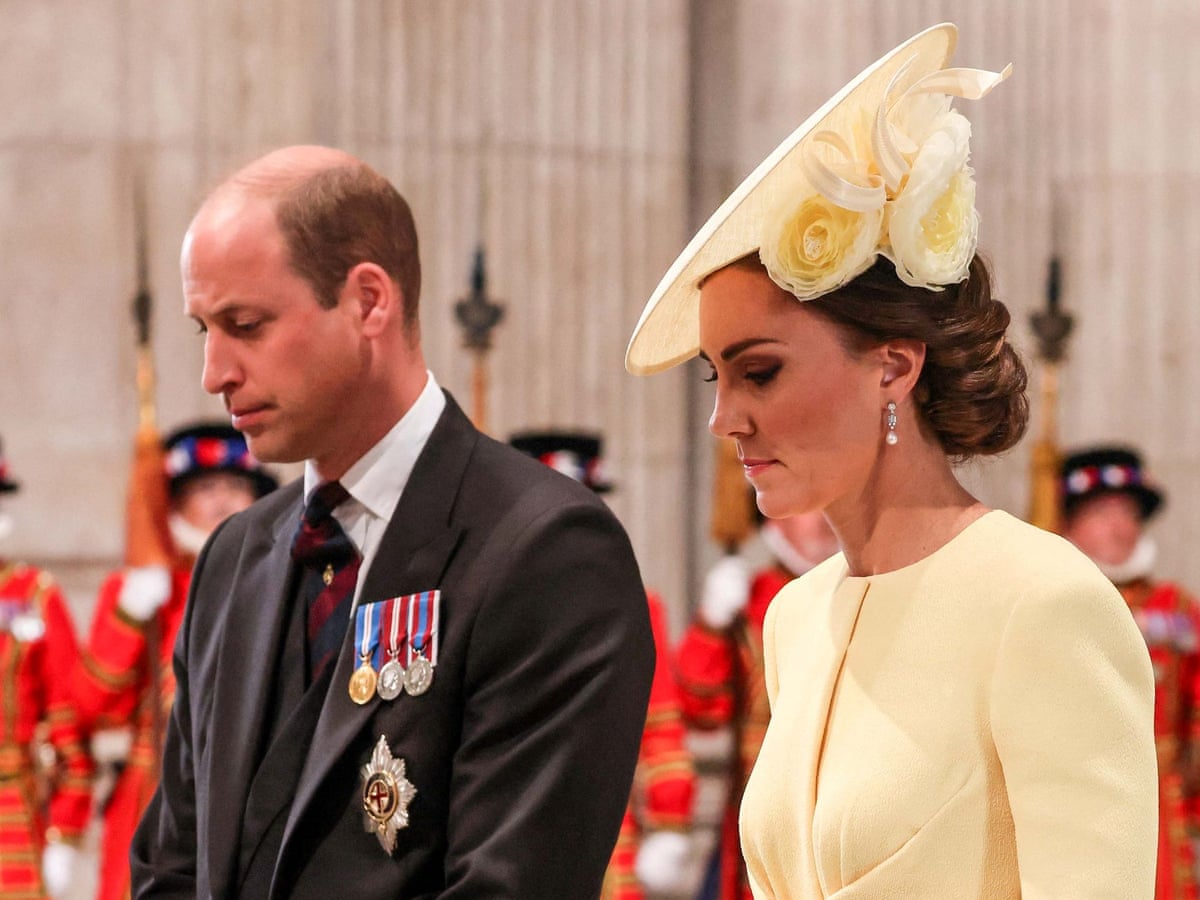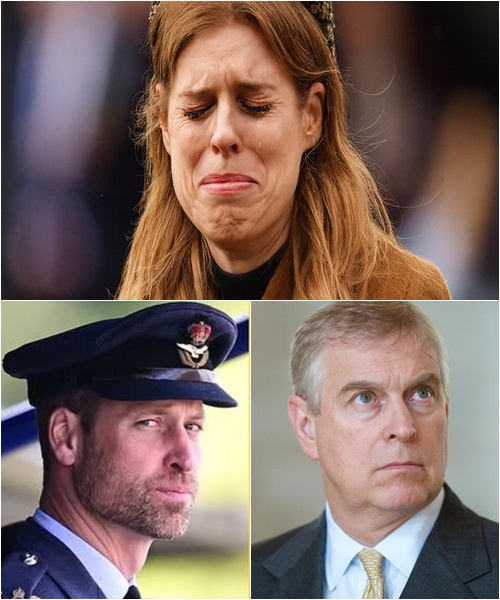The British Royal Family remains a central focus of global attention, balancing tradition with the expectations of modern society. While King Charles III, Queen Camilla, and the Prince and Princess of Wales carry out the majority of official royal duties, other members of the family also contribute to charitable work and public service. Among them is Princess Beatrice of York, whose evolving role has drawn increased interest.
This article examines Princess Beatrice’s background, her contributions to public life, and how her role fits within the broader picture of the monarchy under King Charles III and the future reign of Prince William.
Princess Beatrice: Early Life and Education
Princess Beatrice Elizabeth Mary of York was born on August 8, 1988, the eldest daughter of Prince Andrew, Duke of York, and Sarah, Duchess of York. She is currently ninth in line to the throne, following her father and before her younger sister, Princess Eugenie.
Beatrice was educated at St George’s School in Ascot before attending Goldsmiths, University of London, where she graduated with a degree in History and History of Ideas in 2011. Unlike senior royals such as King Charles, Prince William, or Catherine, Princess of Wales, Beatrice is not a full-time working royal. Instead, she has pursued a professional career alongside her charitable commitments.

Professional Career and Private Life
Princess Beatrice has developed a career in the business and technology sectors. She has held positions in finance and consulting and currently works in the field of technology and venture capital. According to reports in The Evening Standard and The Telegraph, Beatrice has shown particular interest in the intersection of technology and education, as well as initiatives that support young entrepreneurs.
In 2020, Princess Beatrice married Edoardo Mapelli Mozzi, a property developer and businessman, in a private ceremony at the Royal Chapel of All Saints at Royal Lodge, Windsor. The couple welcomed their daughter, Sienna Elizabeth Mapelli Mozzi, in September 2021.

Charitable Work and Advocacy
Though not a senior working royal, Princess Beatrice has long been active in charitable causes. She is especially known for her work in the areas of education, children’s welfare, and dyslexia awareness. Beatrice herself has spoken publicly about her own experiences with dyslexia, aiming to reduce stigma and promote understanding.
She serves as patron of several organizations, including the Helen Arkell Dyslexia Charity, which provides support for children and adults with dyslexia. She is also involved with charities focusing on children with life-limiting conditions and organizations that promote youth empowerment and education.
Her philanthropic work underscores the Royal Family’s broader commitment to supporting social causes, even among those who do not carry out day-to-day official duties.

Prince William’s Role as Heir to the Throne
As the eldest son of King Charles III and the late Diana, Princess of Wales, Prince William is the direct heir to the throne. He has increasingly taken on responsibilities that prepare him for kingship, particularly following his father’s accession in 2022.
Prince William’s public role emphasizes modern issues such as mental health, climate change, and support for frontline workers. Through initiatives like the Royal Foundation, he and the Princess of Wales have advanced projects including Heads Together, which tackles mental health stigma, and the Earthshot Prize, which supports innovative environmental solutions.
While Prince William and Princess Beatrice occasionally appear at the same royal events, their roles differ significantly. William represents the continuity of the monarchy and its constitutional duties, while Beatrice operates more independently, balancing professional work with charitable commitments.

King Charles III and the Modern Monarchy
King Charles III has placed strong emphasis on what he has called a “slimmed-down monarchy,” focusing on fewer working royals carrying out official duties. According to reporting from BBC News and The Guardian, this approach reflects both financial considerations and the need for efficiency in how the monarchy engages with the public.
This direction means that while Princess Beatrice and Princess Eugenie are supportive members of the family, they are not classified as senior working royals. Their engagements are more selective and typically focus on their chosen charities rather than a broad program of public duties.
Public Perception of Princess Beatrice
Public interest in Princess Beatrice has grown in recent years, partly due to her personal milestones, such as her marriage and the birth of her daughter, as well as her increasing willingness to speak about dyslexia and learning differences.
Unlike Prince William, Catherine, or other senior royals, she is not a constant presence in royal engagements, which allows her a greater degree of privacy. However, her charitable work continues to attract positive attention, and her role demonstrates how members of the extended Royal Family can contribute meaningfully even without holding a central position in the monarchy.

The Future of the Royal Family
As King Charles continues to shape the monarchy and Prince William prepares for his future reign, the Royal Family faces ongoing questions about visibility, responsibility, and public expectations. Princess Beatrice’s position highlights an important reality: not every royal will serve in the spotlight, but each can play a role in supporting charitable causes and representing the values of the institution.
The Succession to the Crown Act 2013 has also ensured that Princess Beatrice’s place in the line of succession is secure, regardless of gender. This modernization reflects broader social values and ensures that her position remains legally recognized even if she does not take on a formal working role.
Conclusion
Princess Beatrice is a valued member of the British Royal Family, balancing her professional career, family life, and charitable commitments. While she is not a senior working royal like King Charles III, Queen Camilla, or the Prince and Princess of Wales, she has built a public identity centered on education, youth advocacy, and support for those with learning challenges.
Prince William, as heir to the throne, represents the continuity of the monarchy’s constitutional role, while also promoting modernization through his initiatives. King Charles III’s reign has introduced changes that emphasize a smaller, more focused monarchy, but Princess Beatrice’s contributions remain an important part of the wider family’s engagement with public causes.
The future of the monarchy will continue to balance tradition and change, and Princess Beatrice’s example demonstrates how members of the Royal Family outside the senior circle can still play a meaningful part in public life.
